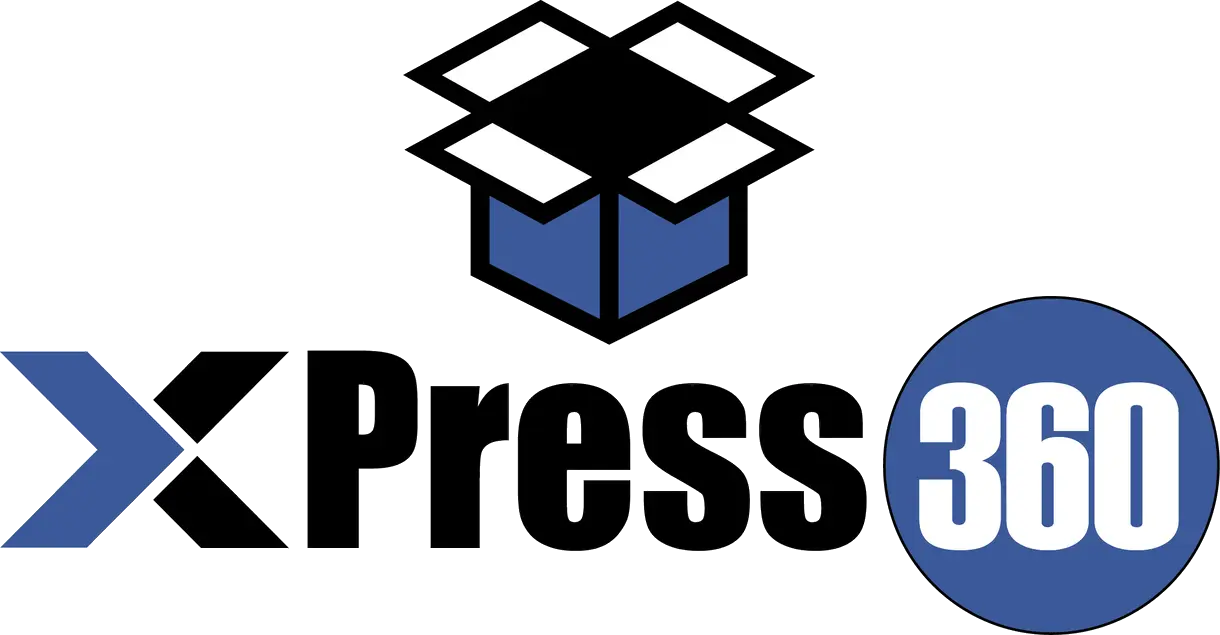In the bustling world of industry and manufacturing, efficiency is the name of the game. Everyone, from small businesses to large corporations, is pursuing better, faster, and more cost-effective ways to produce their goods and services. One such method that has stood the test is assembly line solutions. The strategy involves dividing labor into smaller tasks, making the whole production process organized, seamless, and significantly more manageable.
In the historical context, assembly line solutions have been a game-changer. They revolutionized industries, starting with the automobile industry in the early 20th century, and continue to be a vital part of modern manufacturing processes. The beauty of this method lies in its adaptability, as it can be customized to fit the unique needs of each business. This blog will delve into the fascinating world of assembly line solutions, tracing their historical roots and exploring how they continue to shape workflow optimization today.
Importance of Streamlined Workflow
Streamlining workflow is a pivotal aspect of successful business operations. It not only boosts productivity but also enhances overall efficiency. A streamlined workflow ensures optimal use of resources, preventing wastage and redundancy. It promotes better organization, reduces idle time, and increases the productivity of both workforce and machinery. By aligning resources with tasks effectively, operations become more fluid and less chaotic.
Efficient workflows lead to cost reduction by eliminating unnecessary steps and processes. This, in turn, results in increased profitability as the saved resources can be redirected towards other revenue-generating activities. Moreover, it aids in better budget management and financial planning, steering the business towards sustainable growth.
Key Components of Assembly Line Solutions
Assembly line solutions comprise several key elements, each contributing to an efficient, smooth-running production process.
Automated Processes
Automation simplifies tasks, reduces human error, and increases production speed. It’s a critical component of assembly line solutions that delivers consistency and high-quality output. Furthermore, automation allows businesses to focus on core areas while machines handle repetitive tasks.
Standardized Workflows
Standardized workflows provide a clear structure for operations. They ensure consistency across the production line, making managing and controlling the overall process more accessible. Standardization also aids in training new employees and maintaining quality across different shifts or batches.
Quality Control Measures
Quality control measures are essential for maintaining product standards. They help detect and rectify errors early in the process, ensuring the final product meets the desired quality benchmarks. Regular quality checks also instill customer trust and enhance brand reputation.
Implementing Assembly Line Solutions
Implementing assembly line solutions requires careful planning and strategic execution.
Identifying Applicable Industries
Not all industries can benefit from assembly line solutions in the same way. It’s crucial to identify industries where these solutions can be effectively applied. Detailed research and analysis can help determine the implementation’s feasibility and potential benefits.
Overcoming Implementation Challenges
Implementing assembly line solutions comes with challenges, including resistance to change, training needs, and cost implications. However, these challenges can be effectively managed with proper planning, stakeholder engagement, and resource allocation.
Technology Integration
Technology plays a crucial role in modern assembly line solutions. Integrating technology automates processes and enhances accuracy, speed, and efficiency. However, choosing the right technology that aligns with the business’s needs and goals is essential.
Benefits of Workflow Optimization
Workflow optimization provides several benefits beyond just increasing productivity.
Enhanced Productivity
Workflow optimization leads to enhanced productivity by eliminating bottlenecks and redundancies. It allows for smooth operations, quick turnaround times, and increased output, contributing to overall business growth.
Improved Employee Satisfaction
Optimized workflows reduce confusion and stress among employees. Clear roles, responsibilities, and processes improve job satisfaction, boosting employee morale and retention rates.
Environmental Impact
Efficient workflows also have a positive environmental impact. By reducing waste and optimizing resource utilization, businesses can contribute to sustainability and reduce their carbon footprint.
Summary
Streamlined workflows and assembly line solutions are more than just industry buzzwords. They’re game-changers that boost efficiency, cut costs, and ramp up profitability. By bringing organization, automation, and standardization to the table, these strategies pave the way for businesses to maximize their resources, supercharge productivity, and set the stage for sustained growth.
Integrating assembly line solutions might seem like a big leap, but with thoughtful planning and intelligent execution, it can revolutionize how your business operates. It’s about recognizing your industry’s distinct needs, tackling implementation challenges head-on, and weaving the right technology into your operations. The benefits go beyond productivity – happier employees and a greener planet. Embrace assembly line solutions and gear up for a remarkable transformation in your business operations.


